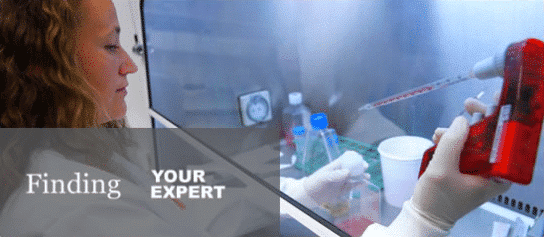Concurrent evidence, or hot–tubbing as it is also called, is a measure that is being introduced (see below) to help reduce the costs associated with expert evidence. Concurrent evidence has been very successfully used in the Australian Courts as well as in arbitration and has recently been introduced through the CPR to England & Wales Civil Courts.
It is described by the Hon Justice Peter McClellan (Chief Judge at Common Law of the Supreme Court of New South Wales), a keen promoter of the process, as:
“a discussion chaired by the judge in which the various experts, the parties, the advocates and the judge engage in a co-operative endeavour to identify the issues and arrive where possible at a common resolution of them. Where resolution of issues is not possible, a structured discussion, with the judge as chairperson, allows the experts to give their opinions without the constraints of the adversarial process and in a forum which enables them to respond directly to each other. The judge is not confined to the opinion of one advisor but has the benefit of multiple advisers who are rigorously examined in public.”
Prior to a hearing taking place experts (in Civil Cases) often take part in a meeting of experts and prepare a joint statement which is provided to the judge. The Joint Statement is then used to produce an agreed agenda with a numbered list of the issues on which the experts disagree on and is provided to the Judge in time for proper consideration.
Usually in the adversarial system the Experts would then be cross-examined in Court. With hot-tubbing, however, the experts are sworn in together (rather than separately) at the hearing and the Judge then chairs what is effectively a discussion of the issues in disagreement. When this occurs there is no cross-examination of the experts.
At the end of the hot-tubbing process the Judge may seek to summarise the experts’ positions on the issues and then ask the experts to confirm or correct the summary. Hot Tubbing, having been introduced on an experimental basis, is now relatively commonplace.




